7 stops on the road of video games localization
Christmas usually wakes up in my mixed feelings. On the one hand, the joy of having more time to enjoy the little things that make life worthwhile.
An afternoon walking and seeing the Christmas decoration of the city that ends with a good cup of hot chocolate with churros, the hangouts for dinner with colleagues who studied with me, meeting for tapas with my first job colleagues in the world of Localization...
It is time to visit family that for work reasons I see less than I would like, it is a time in which voluntarily I slow down the rhythm of my world that sometimes goes so fast.
On the other hand, there is the nostalgic part, clearly, dinners and hangouts in which someone is missing are moments that sadden me, there is also a nostalgic part that sometimes wakes up in me, Christmas movies, some songs, but especially video games that I have played during my life.
That is why when I visited the Game On exhibition in Madrid this Christmas, hundreds of memories came to me.
This exhibition is a trip that goes back to the past and in some ways to the future. It is an exhibition from Mario to Lara Croft, from Pong to Street Fighter. It is an exhibition that we can look and we can play. We can play some of the best games from the 70s to today. It is a vibrant exhibition that explains the culture of the game through a spectacular setup.
There I had the opportunity to play again one of the games that crushed my fingers the most: Track and Field! I played again the first Mario Bros and I fought again Blanka, my Street Fighter nemesis. There was also room for more recent games such as the incredible indie game Gris; that game has an aesthetic that is truly amazing, there was also room for virtual reality with its helmets and virtual glasses that give us a sneak preview about what awaits us in the coming years.
And the video game industry does not stop growing!! It grows in every way, seeing the graphics of the games in this exhibition of the 80s and comparing them with the games that represented the current decade was an incredible sensation.
The quality jump is abysmal, and also the economic one
When we see reports like the one attached below that analyze the business model of the videogame sector, it does not seem to have hit a ceiling either.
While playing in the exhibition obviously my eye of "Localizer" appeared; there was a section that was about video games in the world. That room was a tour of games developed in various parts of the world, from areas with great tradition (North America, United Kingdom, Japan), to countries where its development is incipient (Russia, Hungary, Korea or even Spain). What I did realize is that in the exhibition there were not many games that were localized until the exhibition enters the 00s. This leads me to think about what I have sometimes reflected, the localization industry is a young industry. On certain occasions, those of us who work in this industry are frustrated that the "localizer" profession is not recognized, but in the end, it is a recently new one! especially if we compare it with the other entertainment sectors such as cinema, music or television.
That is why I think it is worth it to make an effort to disseminate this interesting world of software globalization, a fun world, that if we mix it with video games localization then it is an unbeatable combination
In this effort to explain the world of localization this week's post is somewhat special and is dedicated to the world of video games that has given me so much during my life.
This post aims to answer the question that I hear very frequently ...
How do you translate a video game? The question is more complex than it seems, and that is that translating a video game is obviously the most visible part for the video game consumer, but the number of processes, tasks and work that a Globalization team has to do to make a game available worldwide in multiple languages, it is an effort that is much more complicated than it may seem from the outside ...
So if you want to know a little more about the ins and outs of how a video game is globalized, I encourage you to download this pdf.
This pdf has a summary of the 7 milestones that we should consider to launch our games in different markets, from the first phases of how to decide markets in which to penetrate as what aspects we should consider when we embark on the demanding model of continuous localization.
I have created different formats for you to read it in the medium that you like the most.
PDF here, JPG here, and movie here
That's all for now! I take this opportunity to wish you a happy year and that this newly 2020 brings you many moments of joy and happiness, and if you are not a gamer... then give video games a chance! they are able to take you to magical worlds that help us disconnect and have a good time!
Please leave your comments below so I can keep iterating this pdf to be as more comprehensive as possible for all of those thirsty to know more about what's needed to create a truly international video game blockbuster ...
Have a great week!
@yolocalizo













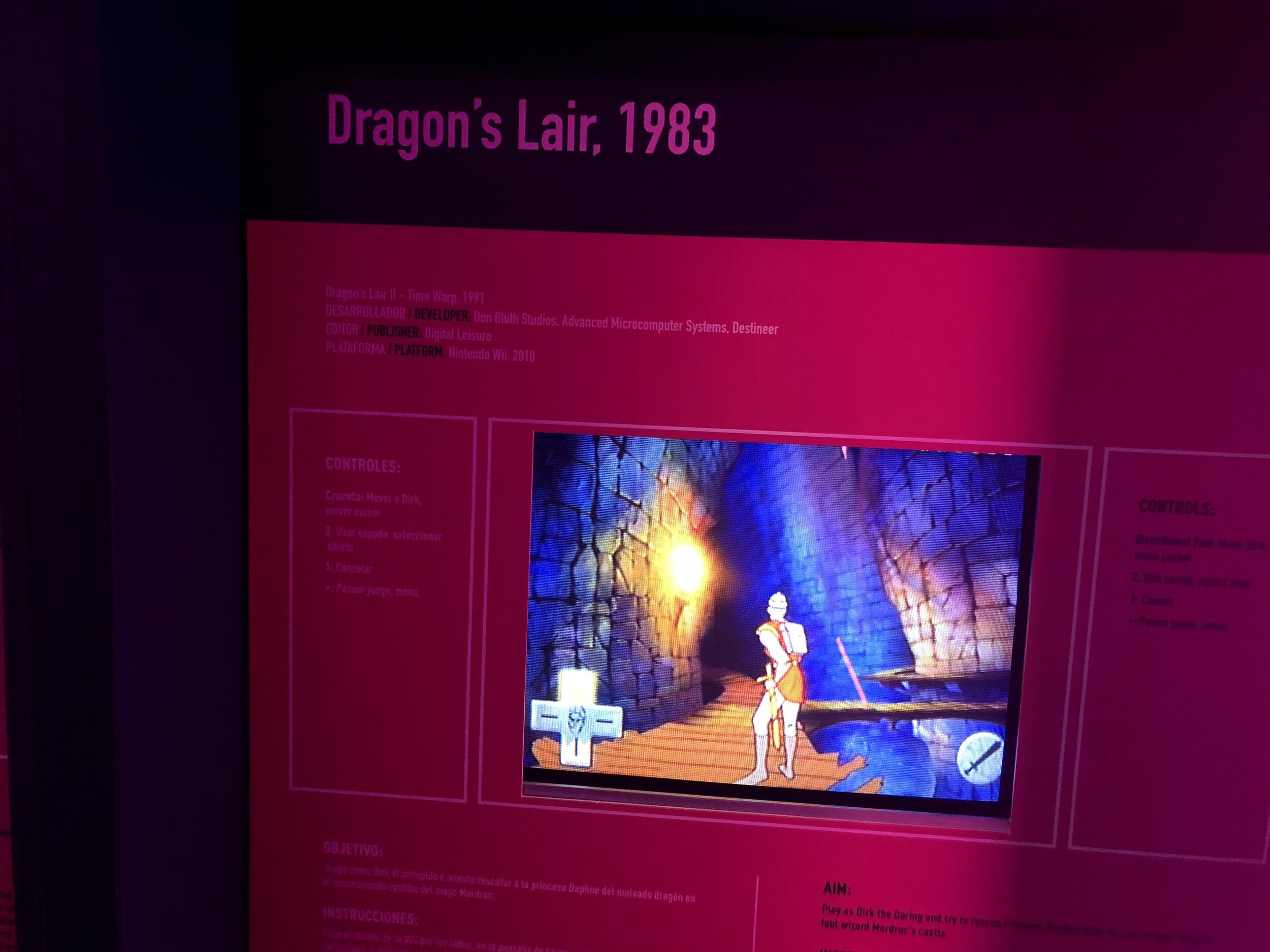

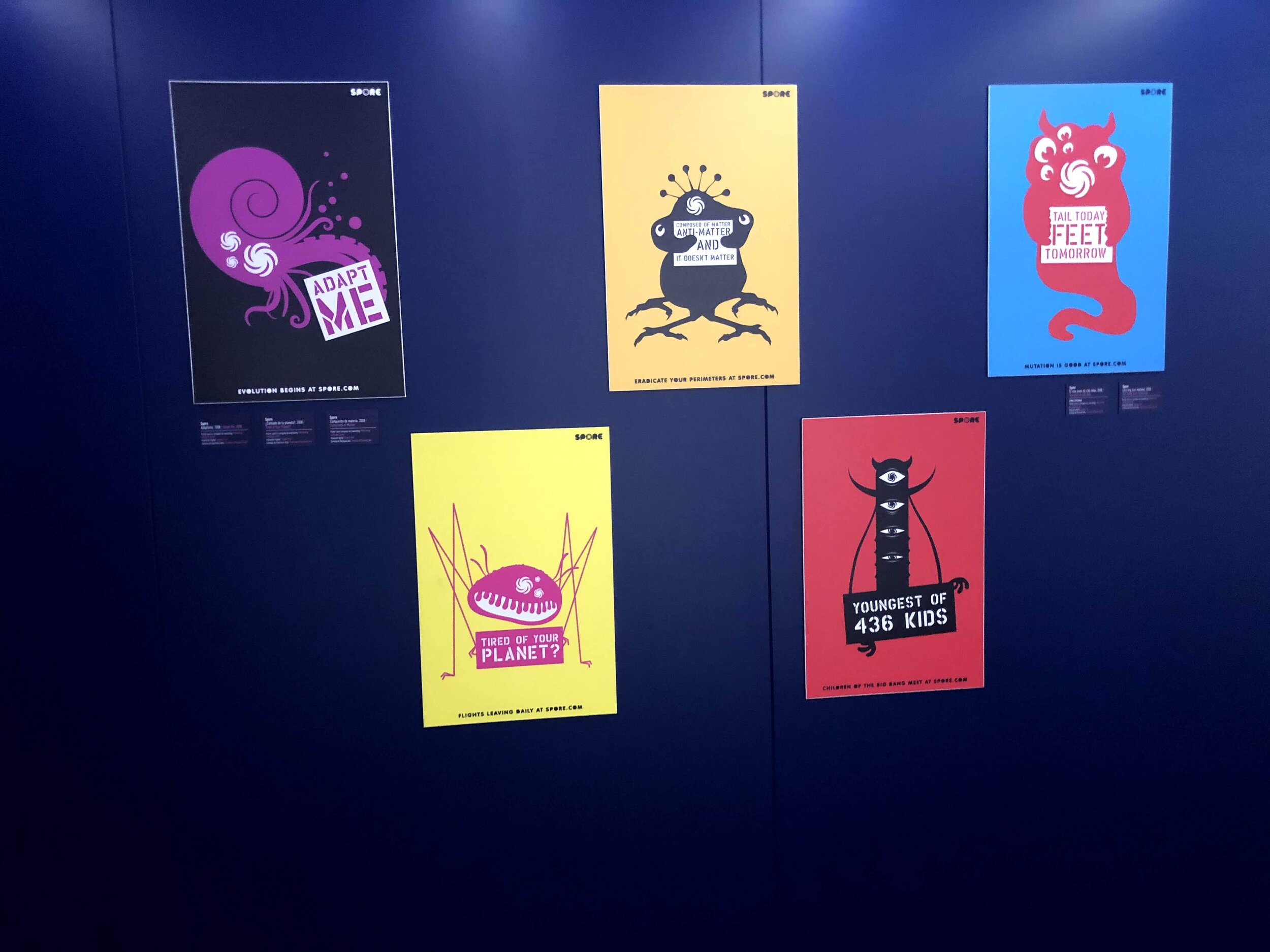
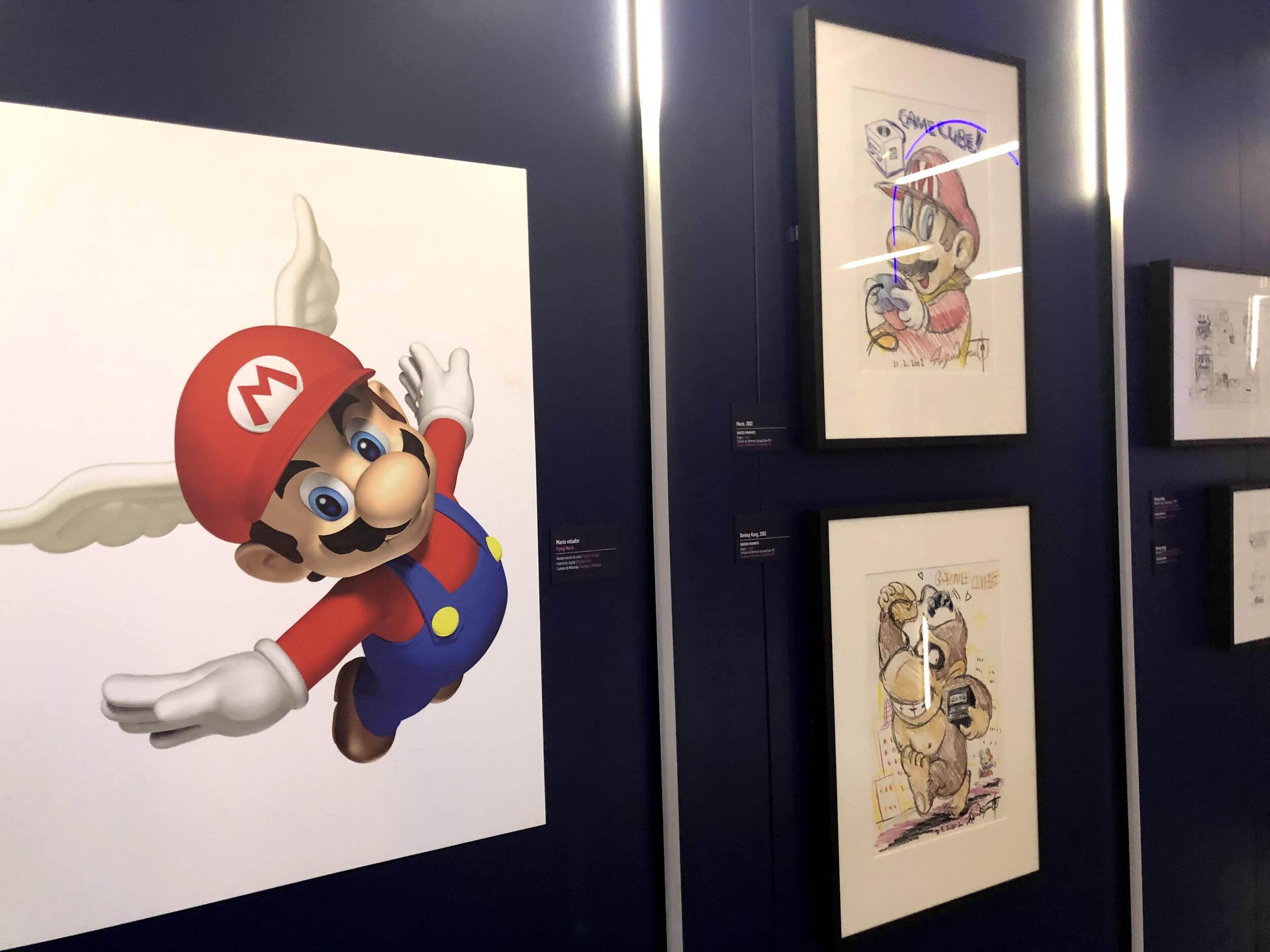
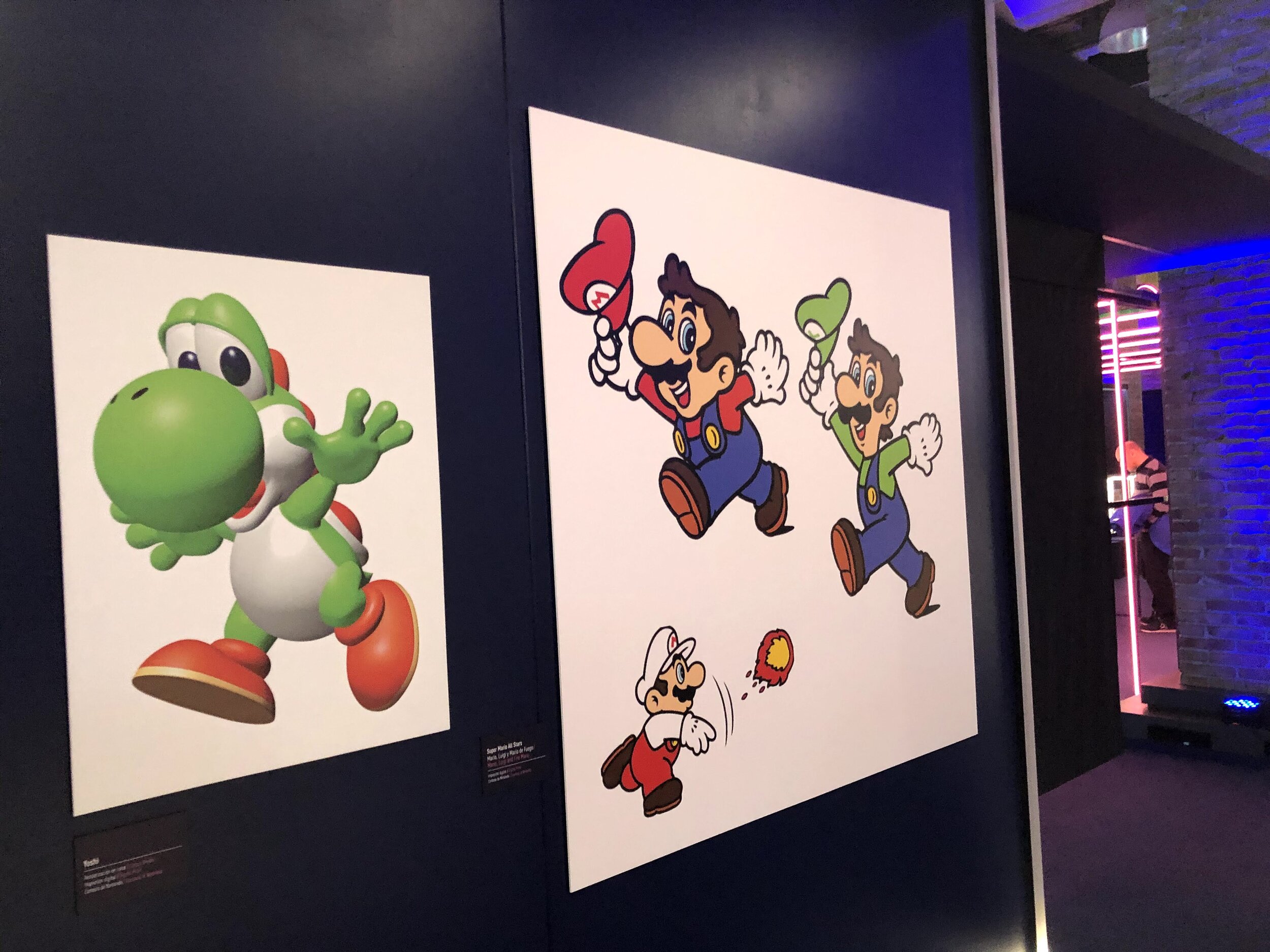
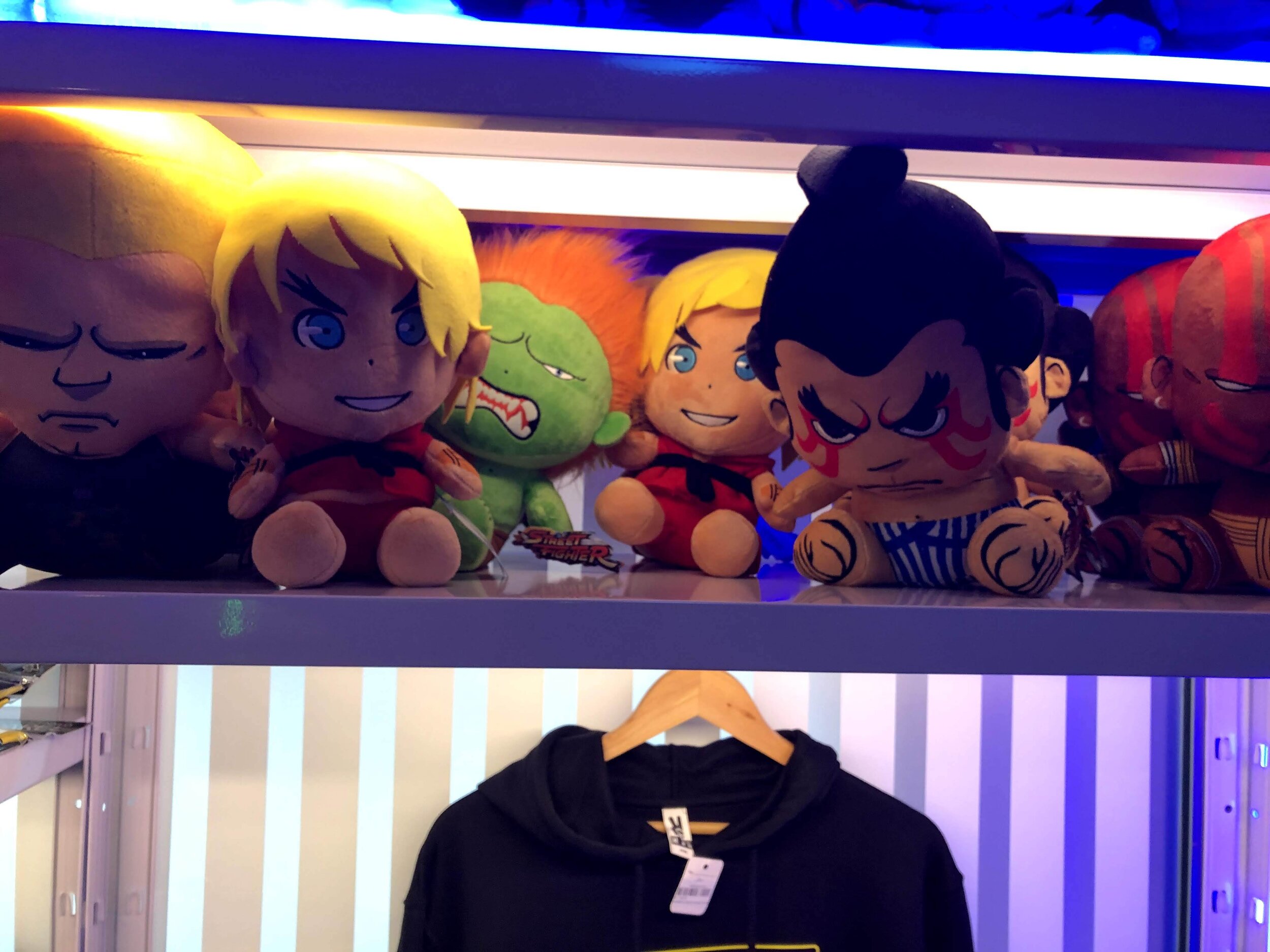
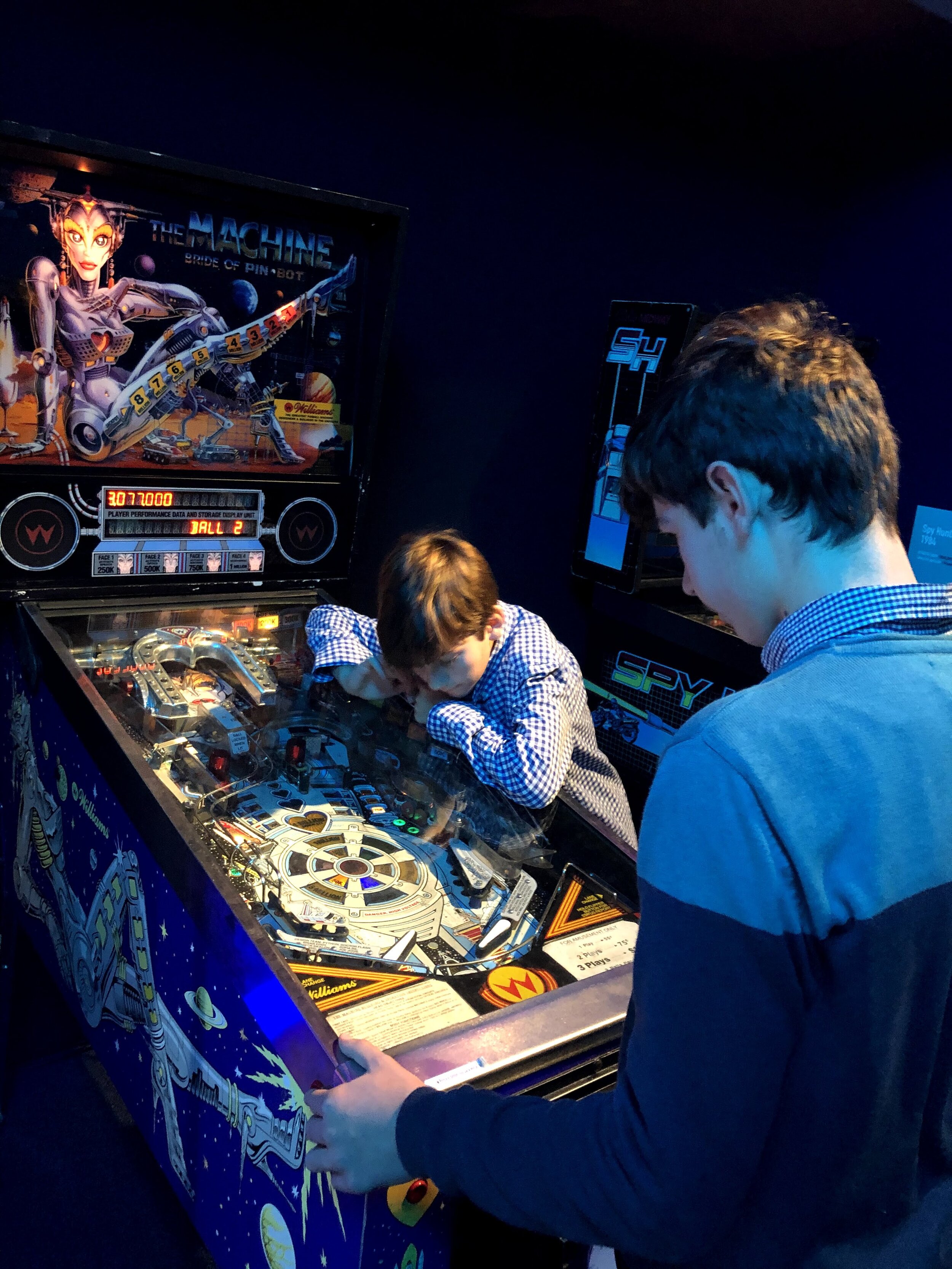
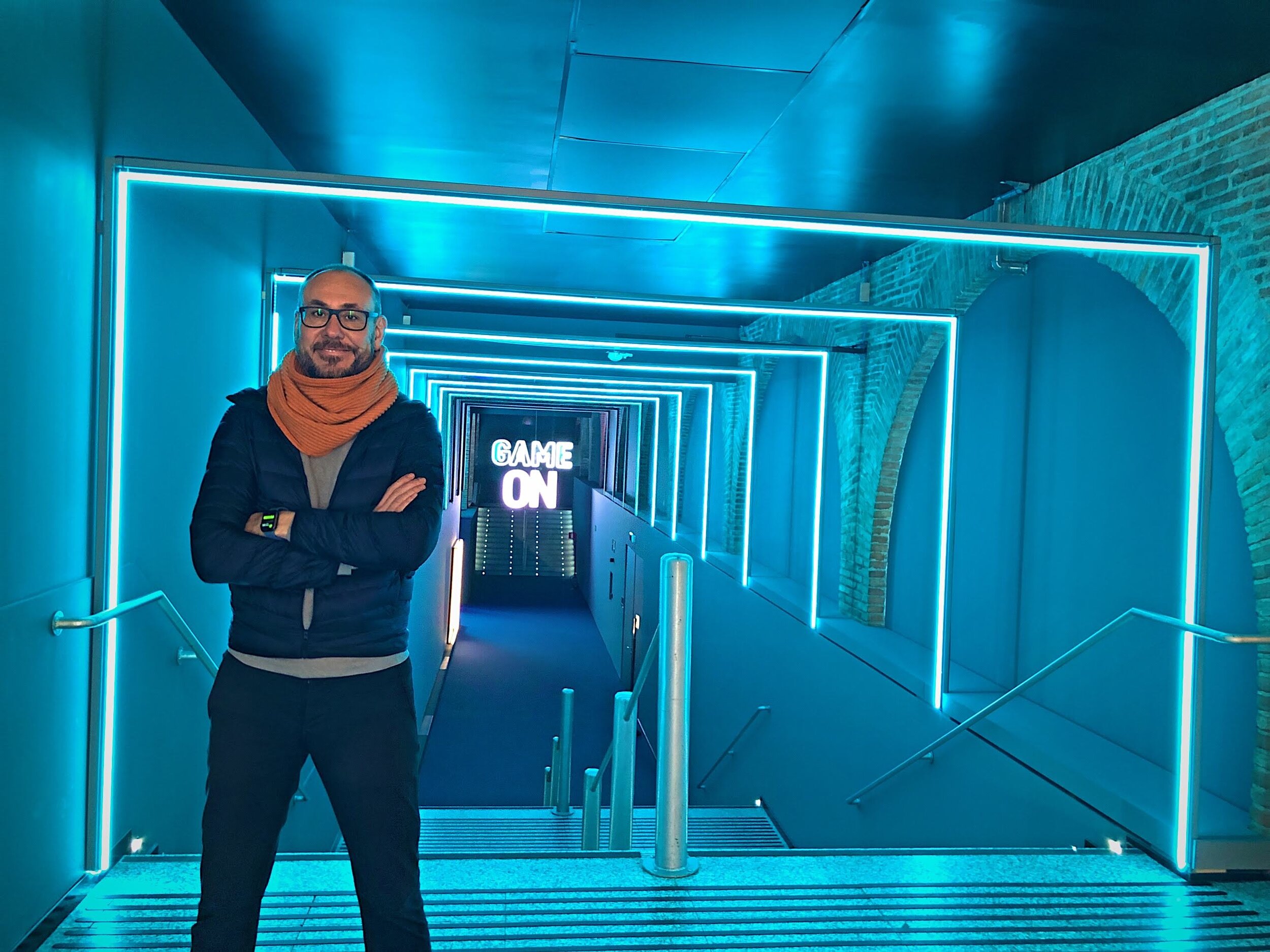

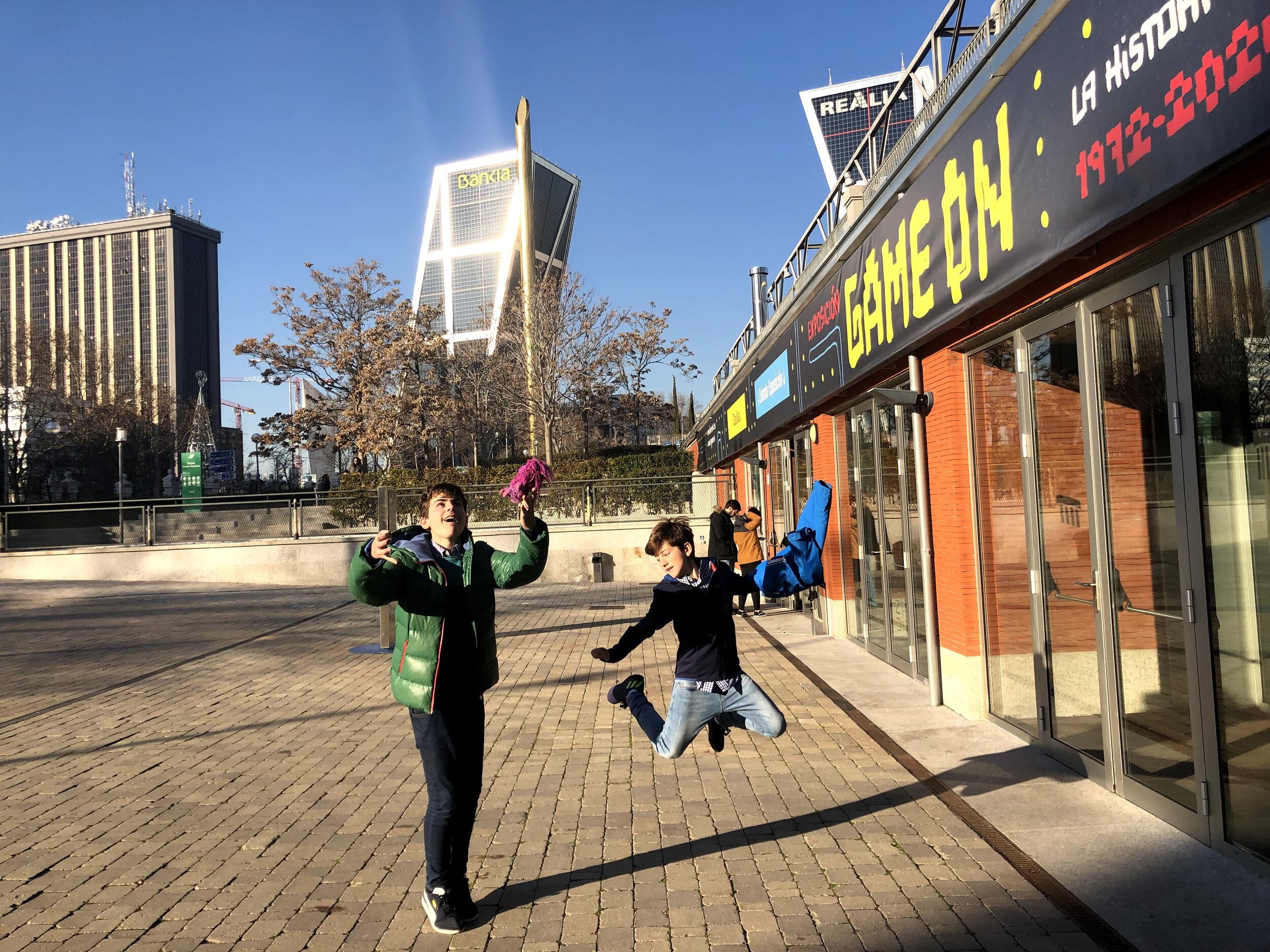











What if inclusive localization isn’t just the right thing to do but also the smartest way to break free from outdated pricing models? In this post, I explore the core elements of an inclusive localization strategy and why it might be the key to escaping the trap of price-per-word thinking.